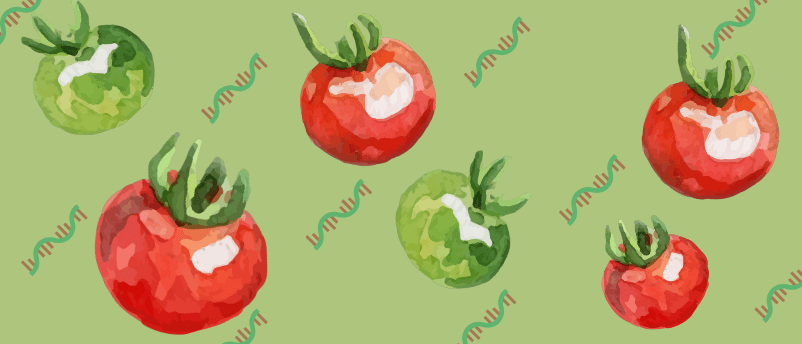Targeting gluten proteins in wheat

Deleting a gene cluster in wheat leads to a new seed variety that could be less harmful to individuals with celiac disease.
Researchers from the University of California, Davis (CA, USA), have targeted genes in wheat that underlie gluten protein production without affecting breadmaking quality. This work represents a promising step forward in celiac disease research; however, it does not mean that they have developed a celiac-safe form of wheat.
Gluten is what gives pasta and bread dough texture and elasticity. It is a protein polymer composed of two protein classes, called glutenins and gliadins. These proteins often have epitopes that can bind specific human leukocyte antigen receptors, which elicits an immune response in individuals with celiac disease, resulting in inflammation and damage to the intestinal lining.
Currently, there is no effective treatment other than cutting out gluten entirely. Unfortunately, even those individuals adhering to a strict gluten-free diet can still experience compromised health and issues related to their gut microbiomes, not to mention the increased cost of living that accompanies gluten-free alternatives.

Targeting tomato shoot regeneration
MicroRNA396 has been identified as a negative regulator of shoot regeneration in tomatoes, unlocking possibilities for plant genetic engineering.
The current research team wanted to figure out how to make gluten reactions less severe without compromising bread quality and nutrition. Deleting all glutenins and gliadins proteins would lower bread quality, so they used gamma radiation to delete only genes encoding alpha-gliadins – proteins that can cause severe reactions.
“The gluten proteins we eliminated are the ones that trigger the strongest response in people with celiac disease, and their elimination can reduce the risk of triggering the disease in people without celiac disease,” commented senior author Jorge Dubcovsky.
The team then went on to produce seeds from the genetically modified varieties they developed, testing the quality of their eventual wheat crop. “The exciting thing that we found is that the quality of the flour produced by this wheat is actually, in some cases, improved,” first author Maria Rottersman shared. “Growers can not only grow it but can expect to have a higher quality product, which I think is a huge incentive for folks to widely adopt this variety. They can be planted in the same way that normal wheat is planted.”
This study demonstrates that it is possible to potentially reduce wheat allergenicity while improving quality, marking a breakthrough in celiac disease research. However, until a celiac-safe form of wheat exists, their work isn’t finished.